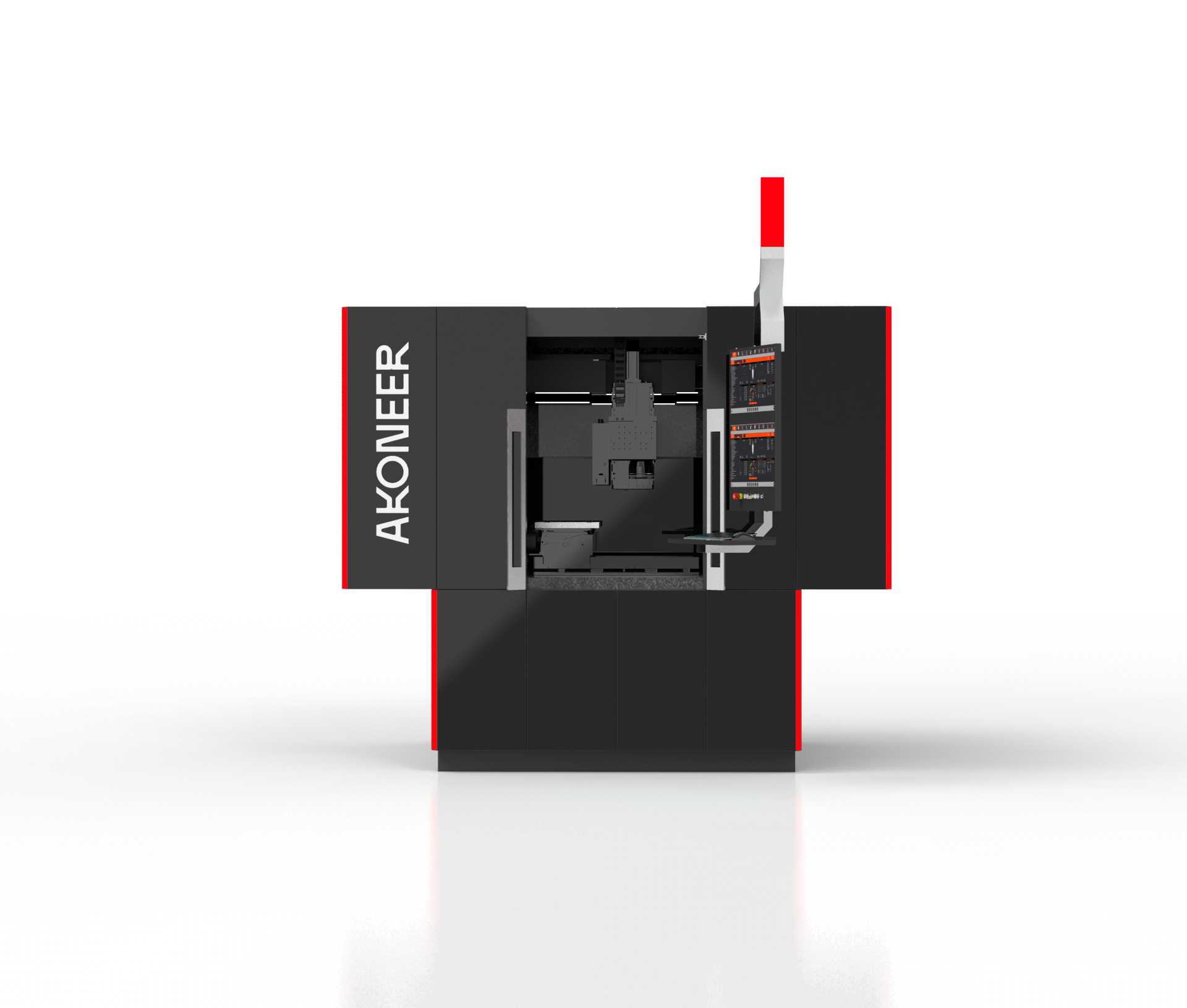Laser drilling technology
Laser drilling technology offers a versatile and efficient method for creating holes in various materials, addressing manufacturing challenges across multiple industries.
Laser drilling technology stands at the forefront of modern manufacturing, providing a precise, efficient, and versatile method for creating holes in various materials. This technology harnesses the power of laser beams to deliver results that traditional mechanical drilling struggles to match. From aerospace to electronics, laser drilling is revolutionizing how industries tackle manufacturing challenges.
Understanding laser drilling technology
Laser drilling utilizes high-intensity laser beams to remove material and create holes. The process focuses laser energy on a small area, heating and vaporizing the material. The fundamental principle is straightforward: converting laser energy into heat to remove material. The technology suits a wide range of materials, including metals, ceramics, composites, and polymers. One key advantage is its ability to produce very small holes with high precision and accuracy, crucial in industries where tolerance is critical. For instance, lasers can achieve kerf widths of approximately 0.1 mm and repeatability of ±0.02 mm.
Applications across industries
Laser drilling's versatility and precision find applications in numerous industries. In aerospace, it creates cooling holes in turbine blades, enhancing engine efficiency and performance. In electronics, laser drilling is vital for producing printed circuit boards (PCBs), enabling microvias necessary for compact circuit layouts. The medical industry leverages laser drilling for intricate components like stents and surgical tools. Automotive sectors use this technology for airbag sensors and fuel injectors, ensuring reliability and safety. A notable example is Siemens, which employs laser drilling to improve turbine blade cooling, significantly increasing engine lifespan and efficiency.
Advantages over traditional drilling methods
Laser drilling offers several distinct advantages over mechanical drilling. Its non-contact nature means lasers do not exert physical force, reducing the risk of mechanical stress and damage—especially beneficial with delicate materials or thin sections. Furthermore, laser drilling can achieve high aspect ratios, drilling deep holes with small diameters, challenging for conventional drills. The process is faster, increasing productivity and reducing manufacturing time. Additionally, laser drilling produces complex geometries and patterns that are difficult or impossible with traditional methods, with cutting speeds reaching up to 30 m min⁻¹.
Challenges and considerations
Despite its advantages, laser drilling technology faces challenges. A significant consideration is the thermal effects associated with laser drilling. High temperatures can create heat-affected zones (HAZ) around the drilled area, altering material properties. Careful control of parameters like laser power, pulse duration, and repetition rate is essential. Another challenge is the initial cost of laser drilling equipment, often higher than conventional machines. However, the long-term benefits often outweigh the initial investment, considering efficiency and precision. Operators require specialized training to handle laser systems safely and effectively.
Future prospects and innovations
The future of laser drilling technology looks promising, with ongoing research and development pushing boundaries. Innovations in laser sources, such as ultrafast lasers, are enhancing precision and reducing thermal effects, making the process more efficient. Automation and integration with computer-aided manufacturing systems streamline operations, allowing for greater consistency and repeatability. The development of hybrid systems, combining laser drilling with other processes, expands the range of applications. As industries increasingly demand higher precision and efficiency, laser drilling technology is poised to play an even more critical role in modern manufacturing.
Environmental impact and sustainability
In addition to technical advantages, laser drilling technology contributes to sustainability efforts in manufacturing. The precise nature of laser drilling reduces material waste compared to traditional methods, which often produce excess scrap. The non-contact process eliminates the need for lubricants and coolants, common in mechanical drilling and posing environmental challenges. Moreover, the efficiency of laser drilling can lead to energy savings, often requiring less power and time to achieve the same output as traditional methods. As industries strive to adopt greener practices, laser drilling technology aligns with these goals, offering a more sustainable approach to manufacturing.
In summary, laser drilling technology is a vital component of modern manufacturing, offering precision, versatility, and efficiency across various industries. While challenges exist, ongoing advancements and innovations in this field promise to enhance its capabilities and applications. As industries continue to evolve, laser drilling will undoubtedly remain a pivotal tool, driving progress and innovation in the manufacturing landscape.
